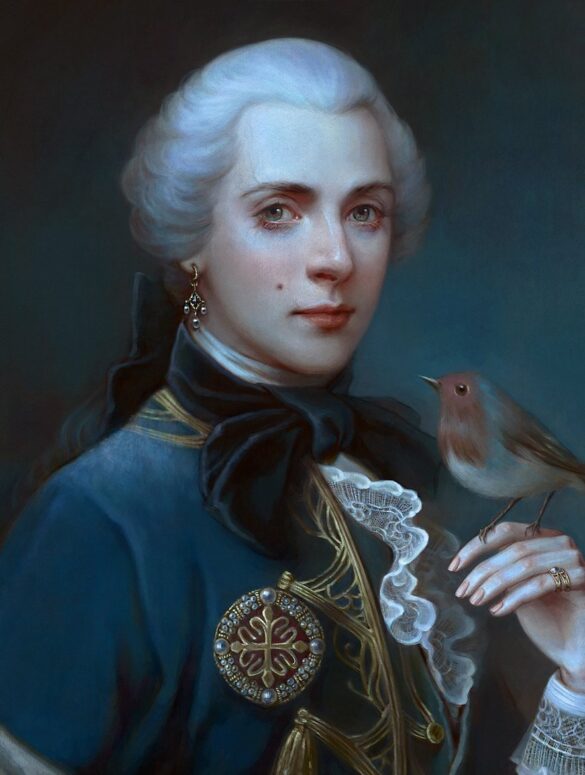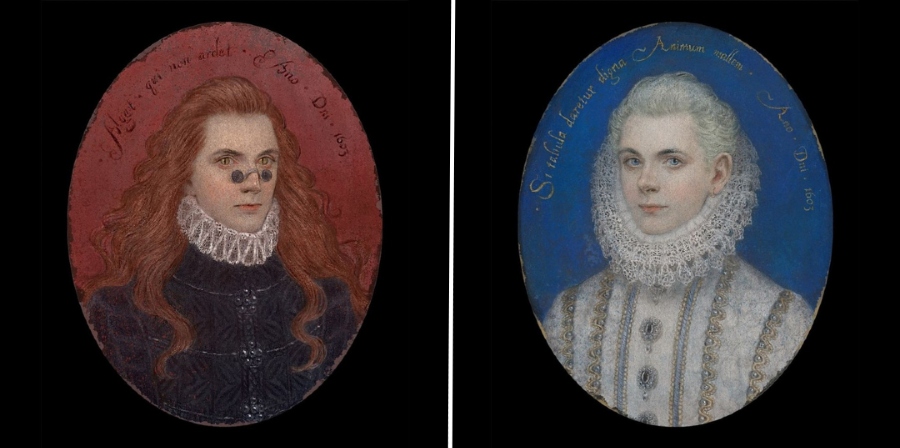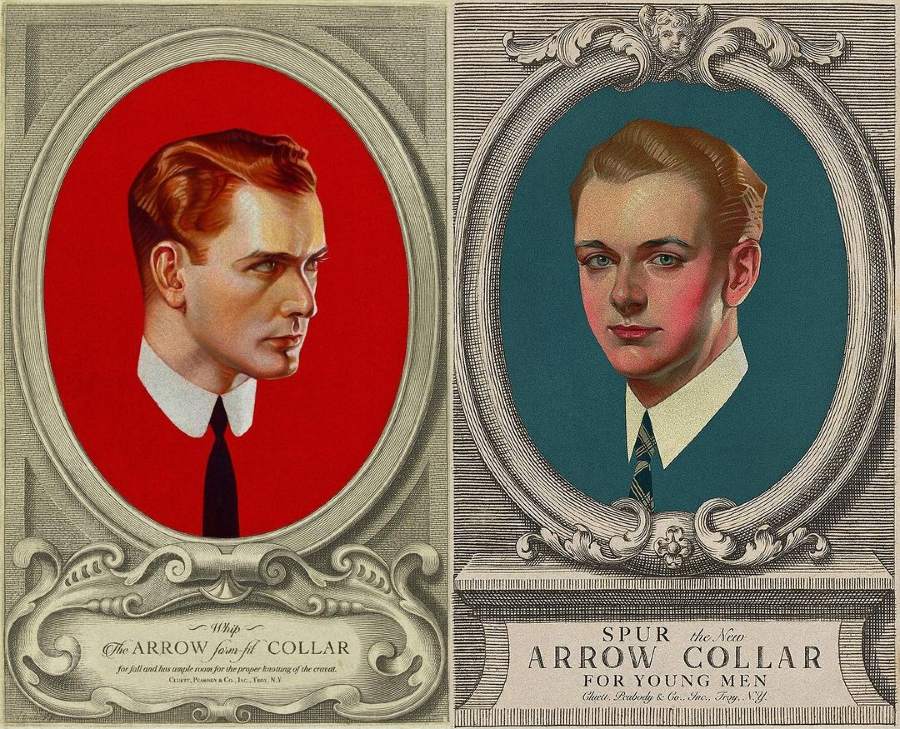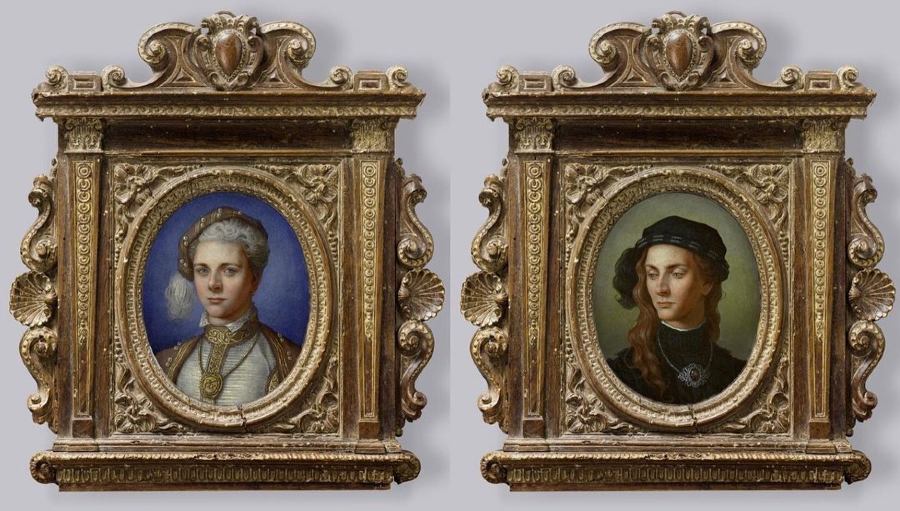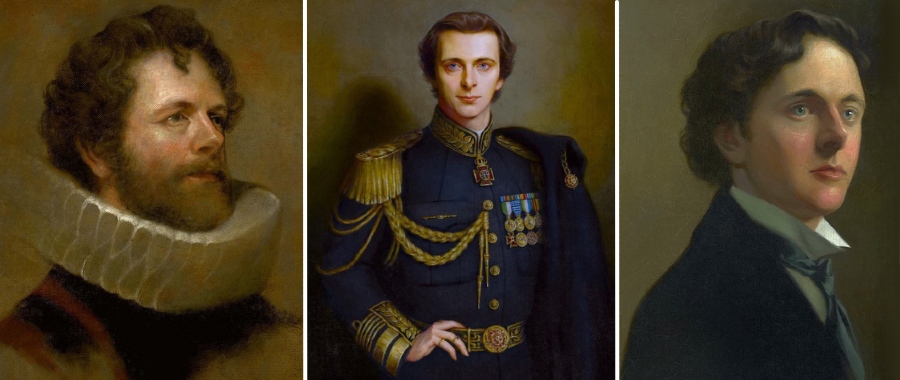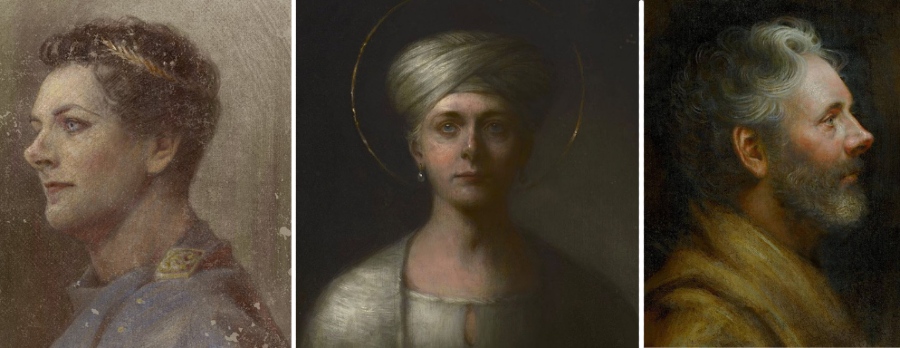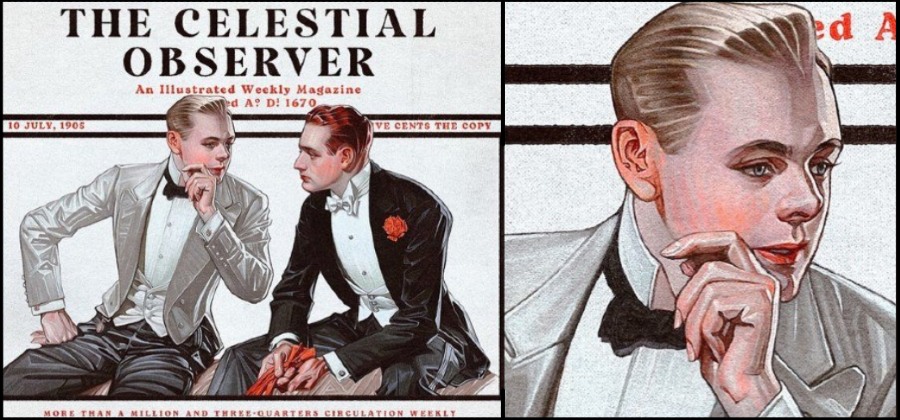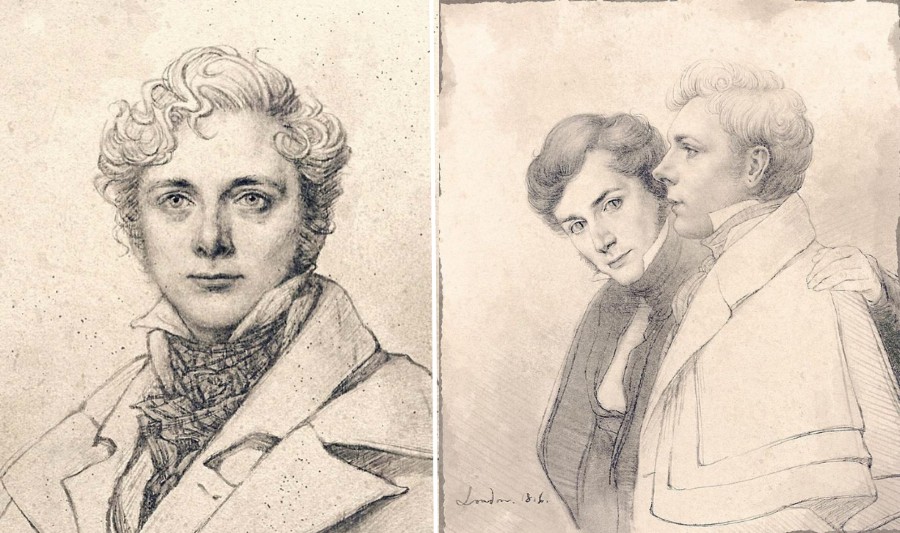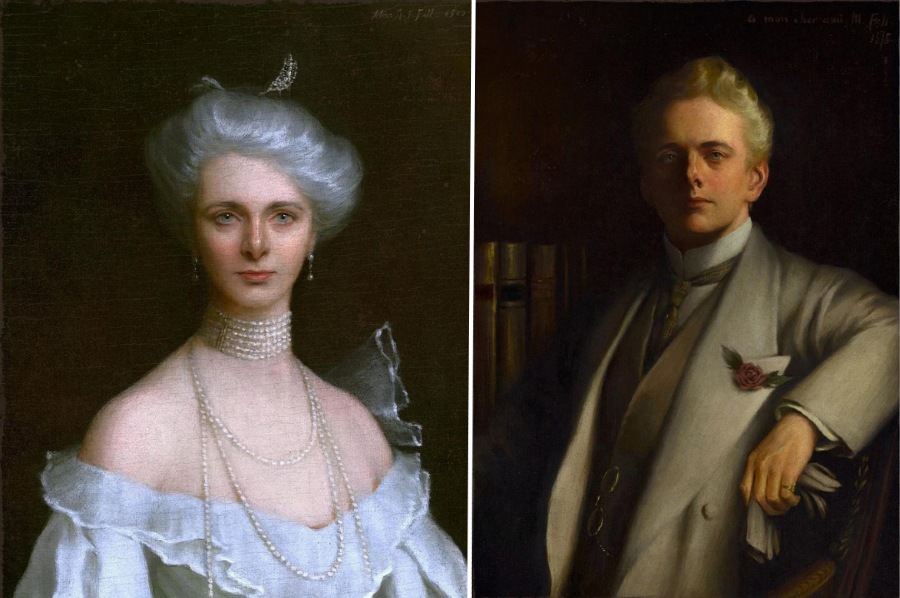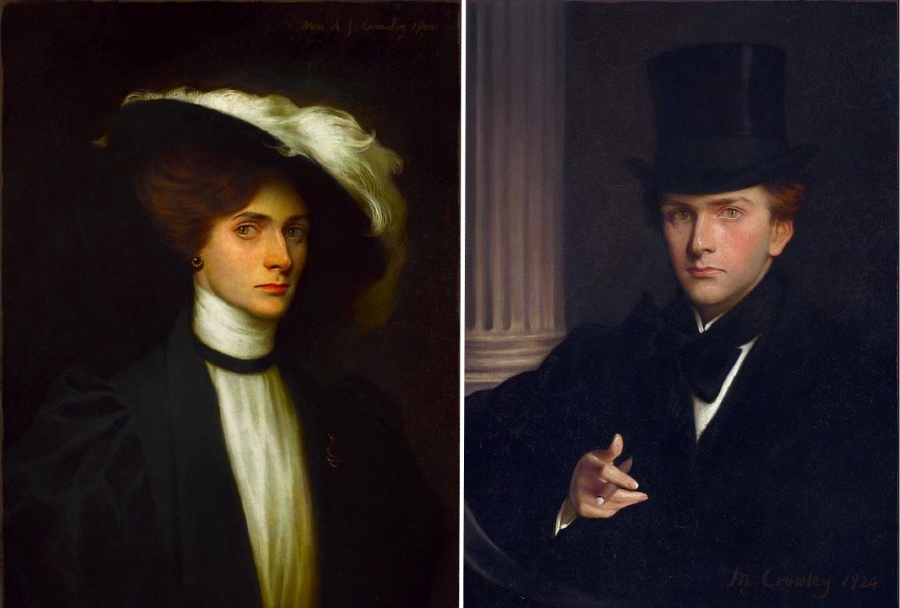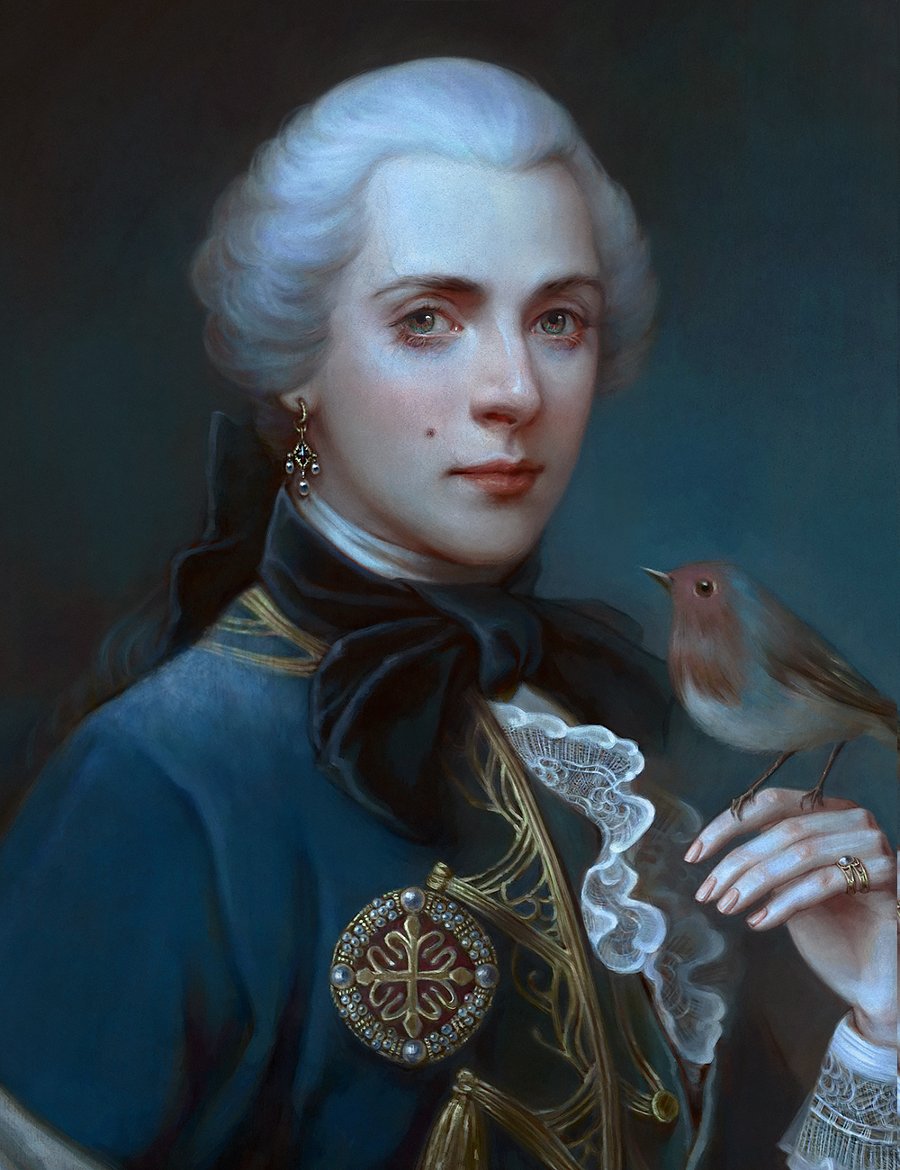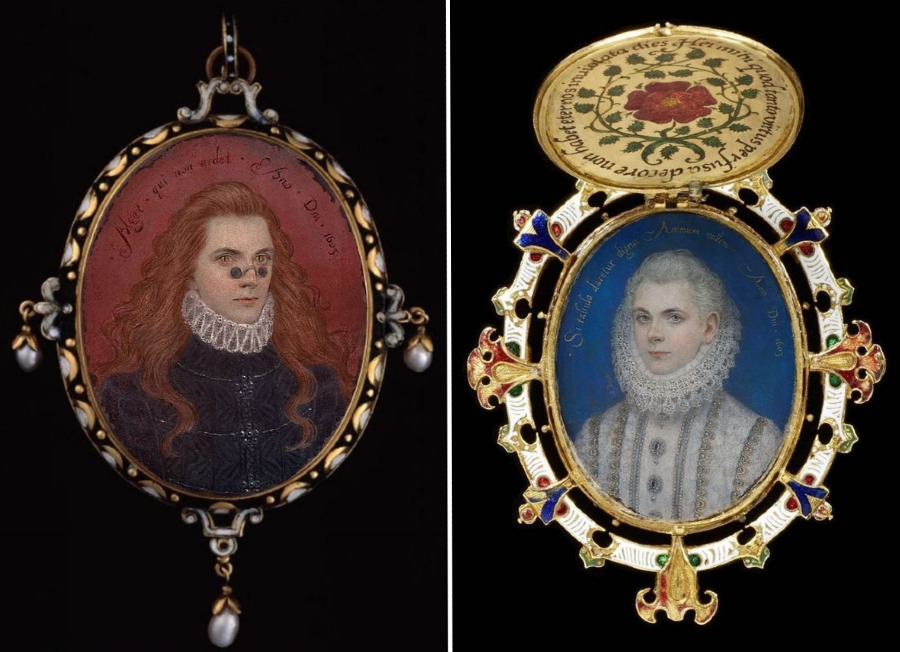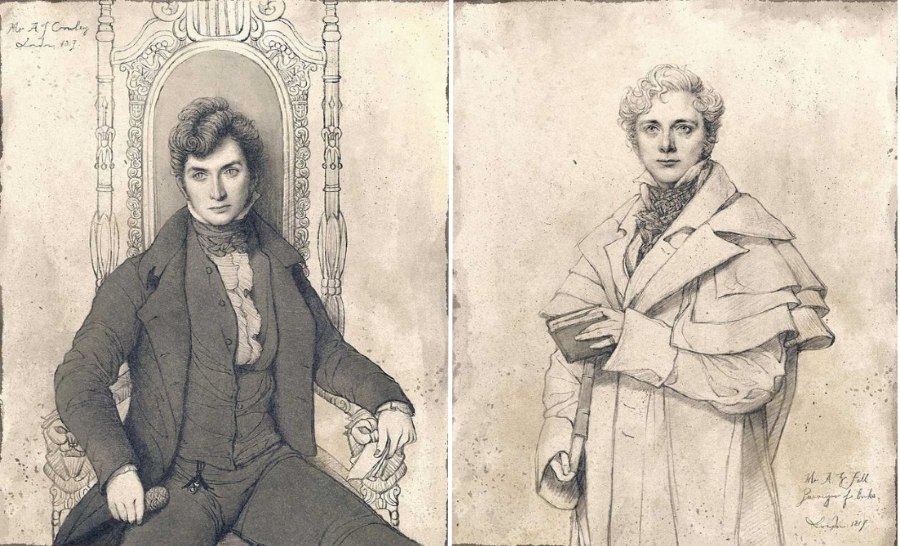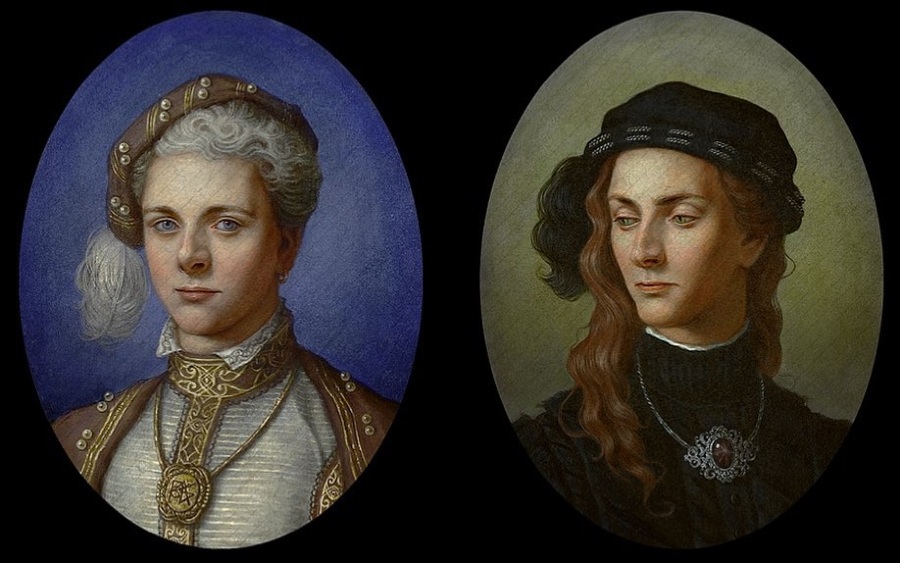Exclusive Interview with Elizabeth Wakou, 2nd Prize Winner of the iCanvas Digital Art Award 2021 Beautiful Bizarre Art Prize. Interview conducted by Elizah Leigh.
Unpretentious curls such as these – in shades of silver frost, honey champagne, burnished amber, and dark chestnut – might normally be forgotten in an instant. Curiously, however, we linger on the soft buoyancy of each wave before slowly trailing down the bridge of an alluringly sculpted retroussé nose. We recognize that the quickening of our pulse is grounded entirely in creative admiration, for the object of our affection – manifested on canvas by 2021 Beautiful Bizarre Art Prize winner Elizabeth Wakou myriad times throughout 2021 – is but a poetically painterly apparition.
Not exactly. The New York City-based artist’s golden-ratio nosed muse is a famous film and stage actor.
Yeah, sure…and my cat just taught me how to say, “Please sir, may I have another bowl of porridge, sir?” in Latin.
Joke all you like, but the inexplicably intriguing proboscis (and various other recognizable facial features) that Elizabeth Wakou continues to capture on canvas belongs to real life stage and screen powerhouse, Michael Sheen.
You mean the father of the Two and a Half Men tiger blood dude?
No, you’re thinking of Martin Sheen and his hot-mess-of-a-son, Charlie. I’m referring to the surprisingly comely apple of Elizabeth’s artistic eye, the Welsh actor who played a werewolf in the Underworld film series and a vamp…
Omigosh, he portrayed Aro in the Twilight Saga?!??!?!
Yes, he did. Part of what makes Elizabeth Wakou’s ongoing portraiture series such a blast is that she transforms Michael Sheen’s perfectly normal, ‘real life mug’ into a surprisingly comely, art-history-hopping Adonis, and – occasionally – an Adonis-ette, too.
Tell me more, tell me more!
Well it just so happens that our exclusive interview with Elizabeth reveals all….so kick back and enjoy the fun.
Ooo, I always nose good art when I see it…
This is a pun-free zone, mm-kayyy?
Oh sure, nose problem.
Michael Sheen has a unique face that compliments almost all period painting styles wonderfully. I find his versatility as an actor – and his nose (lol) – fascinating.
It seems like you have a great affection for British culture and very specific UK-born thespians.?Are you an anglophile, a Michael Sheen-ophile, or another type of ‘phile’?
British culture is fascinating, for sure! I lived in Guildford, Surrey for a few years when I was a little girl, and I guess my tastes were formed at that time and just never really changed. I spent most of my time at university writing papers on British satire.
Your academic training in English literature, visual arts, and classical oil painting leads one to believe that you are drawn to the poetic communication of beauty, love, truth, and the human condition. Why are those visual and literary aesthetics so impactful to you?
I appreciate the moderation, delicacy, and aesthetics of the old world, which isn’t nearly as present in the modern world. That’s why I always try to elegantly execute my art utilizing beauty and temperance.
There is a quote by Mozart that particularly appeals to me: “Nevertheless the passions, whether violent or not, should never be so expressed as to reach the point of disgust; and music, even in situations of the greatest horror, should never be painful to the ear but should flatter and charm it, and thereby always remain music.”
I come across old paintings that challenge the modern gender norm quite often in my studies and like using androgyny as an artistic motif. The genderlessness of my muses is a perfect blank canvas and enables me to faithfully reflect the fashions of the time as I understand them.
Why does painting in the 19th century French Academy manner resonate so strongly with you?
Contemporary art tends to focus on the artist’s self-expression, whereas I am way more interested in making other people look good. The French Academy manner focuses solely on the sitters, their unique features, and classical ideals of beauty.
Is there a symbiosis between your traditional and digital painting skills? Did the classical oil painting skills that you acquired during your Art Students League/atelier training make you a better digital painter?
Every step of my creative process, I utilize academic techniques that I learned from ateliers. I definitely use my oil painting background and knowledge to imbue my digital paintings with a handmade feel. I always think about how I’d do something with oil first, and then I figure out how to achieve a similar effect in Photoshop.
I am 100% percent an artist. Creating art really means the world to me. I need beauty in my life! There is always a skill that needs to be improved, or a new technique to try.
Are there particular aspects of each discipline that are especially irresistible to you?
It’s endlessly fun to stretch canvases, select pigments and test out different effects with mediums, brushes and varnishes! Some aspects of oil painting, however, can be very time-consuming. The average digital painting takes me about five hours – and of course much longer if I want to refine certain elements – but trying to accomplish the same thing in oil would probably take ten times longer. Digital painting is simply just a convenient way to achieve the aesthetic I am striving for without the arduous wait. I can add or delete an effect with one click, which is unimaginable with oil.
How do you make your digital portraits look as though they are so convincingly rendered in oil?
In my atelier days, I spent several days a week at the Metropolitan Museum of Art, and I still go there as often as I can. When you’re well-versed in classical oil painting techniques and you become very familiar with how old oil paintings actually look, that’s when you can create “oil-like” digital works of art.
I appreciate the moderation, delicacy, and aesthetics of the old world, which isn’t nearly as present in the modern world. That’s why I always try to elegantly execute my art utilizing beauty and temperance.
Back in October 2020, you digitally immortalized Michael Sheen for the very first time as Miles from Bright Young Things. What made that particular cinematic look so art-worthy to you?
Michael Sheen’s character in Bright Young Things is a very nice example androgyny as an artistic motif, which appeals to me. My painting “The Evirato” is a good example of that?.
You’ve created numerous digital portraits of Michael Sheen throughout the past year. Is your admiration based on his acting skills? His appearance? His personality?
Michael Sheen has a unique face that compliments almost all period painting styles wonderfully. I find his versatility as an actor – and his nose (lol) – fascinating.
When the television version of Good Omens with Michael Sheen and David Tennant aired, you decided to pull the time-traveling threads of that narrative into your portraiture. What inspired you to build a body of work around that show and the characters that they portray?
Initially, it was just a lockdown distraction. Immortality as an art/literature motif has always appealed to me. Given Aziraphale and Crowley’s immortality and affection towards humanity, I realized that they would be the perfect sitters. That enabled me to continue being creative during a time when it was impossible to use live models.
Each new rendering of Michael and David’s faces takes the beholder on an aesthetic joy ride through art history. How did it occur to you to render them in the style of Sargent, Leyendecker, etc.?
I thought it would be interesting to experiment with various historical artistic styles so I could expand my portraiture skills.
Without this series, I probably wouldn’t have had the determination to really sit down and examine historical works of art in such a painstakingly detailed manner.
Which artist – classic or contemporary – might Crowley and Aziraphale favor?
Crowley would enjoy something poetic and slightly chaotic, so William Blake for him. Aziraphale might like Ingres, since his portraits are very calm and exquisite at first glance, but have a lot of interesting, or even unsettling details upon closer inspection.
Have any of your Aziraphale and Crowley experiments ended up being great in theory but terrible in execution?
I’ve always wanted to paint them in the style of Van Dyck, but no matter how closely I study his original works, my attempts fall flat. There is something truly magical in Van Dyck’s paintings – I even read museum reports analyzing X-ray scans of his work, but still failed to recreate the ethereal quality in the skin tones and the flowy brushworks in the textiles to a satisfactory level. But I will try again!!
Your Good Omens portraiture brings to mind Sally Potter’s 1992 film adaptation of Virginia Woolf’s Orlando, starring Tilda Swinton. Have others made this observation?
Not yet, but I can see the similarity. Visually, Orlando is a very beautiful film.
How did the gender fluidity of your two muses come about?
I come across old paintings that challenge the modern gender norm quite often in my studies and like using androgyny as an artistic motif. The genderlessness of my muses is a perfect blank canvas and enables me to faithfully reflect the fashions of the time as I understand them.
When you’re well-versed in classical oil painting techniques and you become very familiar with how old oil paintings actually look, that’s when you can create “oil-like” digital works of art.
In what ways has depicting Aziraphale and Crowley dancing through the timeline of art history positively impacted your creative practice?
Without this series, I probably wouldn’t have had the determination to really sit down and examine historical works of art in such a painstakingly detailed manner. I’ve learned so much more about the technical aspects of painting. I am now far more able to construct forms with value and colour, plus I’ve been inspired to experiment with many new colour palettes.
What is your strongest motivation for continuing your Good Omens romp through art history? Why do you think that the beholder’s curiosity continues to so consistently be piqued?
I have two motivations – learning from different masters throughout history and – of course – my love for Aziraphale and Crowley. I think my viewers are interested in continually discovering classical art styles, and perhaps they like that I tend to pick artists who are not Rembrandt-level famous but have very distinctive styles, like Nicholas Hilliard.
Aesthetically, what is on the horizon for Aziraphale and Crowley?
I hope to carve time out of my schedule to paint Aziraphale and Crowley in a highly rendered style such as Sir Herbert James Gunn and Pietro Annigoni, etc.
Do you intend to create future works for this series in oil?
Nope – it takes too long. I wouldn’t be able to achieve some of the weathering and cracking effects in a short span of time.
Has any of your Good Omens-themed digital portraiture ever reached the eyes of Michael Sheen, David Tennant, or Neil Gaiman?
Fans tweeted some of my portraits to Michael Sheen, and he used two or three of them as his profile picture for a while. Neil Gaiman has also retweeted some of my pieces, too.
Has your series led to any big celebrity commissions or other entertainment-based work?
Oh, that is a secret for now 😉
Quite a few of your non-Good Omens portraits – such as “The Elvirato”, “Madame D”, your Harry Potter fan art, and “The Regent” – all seem to possess Michael Sheen’s DNA? Do you see that?
That’s very interesting – I haven’t realised that! Maybe his face has subconsciously become the “base” for my portraiture!
Do you have any concern that you’re typecasting yourself as a creator of fan art, or have you received far more diverse creative commissions as a direct result?
My fan art highlights my technical ability as a classical portraitist, which is mainly how I see myself. I’m very comfortable rendering works in multiple styles, and people have been approaching me to create very interesting portrait commissions of all kinds.
Is being an artist your entire identity, or is it a small part of who you are?
I am 100% percent an artist. Creating art really means the world to me. I need beauty in my life! There is always a skill that needs to be improved, or a new technique to try. I am currently just too immersed in the world of painting to do anything else.
What is the craziest thing that you’ve ever done during the creation process? Is there one thing that you would never ever do?
Once in a while, I’ve been crazy enough to painting with just a palette knife only, which – trust me! – is definitely very daring. And I would never use modern replacements for lead white.
Every step of my creative process, I utilize academic techniques that I learned from ateliers. I definitely use my oil painting background and knowledge to imbue my digital paintings with a handmade feel.
A hearty congratulations for winning one of Beautiful Bizarre Magazine’s 2021 Art Prizes (iCanvas Digital Art Award, 2nd Prize for “The Evirato“)! Is this your first time winning an art competition? Had you ever submitted your art to another contest?
While attending art school, I had no time to create non-academic works for contests. I’m sort of fresh out of atelier, so this will probably change very soon.
What does winning Beautiful Bizarre Magazine’s annual art competition mean to you?
I am extremely honoured to receive this recognition from the professionals. I’m also very delighted to see that classical portraiture still piques people’s interest, which certainly boosts my confidence in pursuing this path further.
Why did you enter the Beautiful Bizarre Magazine Art Prize and what do you feel you have gained from this experience?
I saw several previous Beautiful Bizarre Magazine Art Prize winning entries online and thought they were wonderful. Additionally, as far as I know there really aren’t many art prizes that celebrate both realism and digital art. So I decided to try my own luck.
As someone who’s just starting out, this entire experience has been extremely rewarding. I’ve gained much more exposure than I previously had, and that is the gateway to opportunities!
Do you feel that entering the Beautiful Bizarre Magazine Art Prize is worth recommending to others?
I think that the Beautiful Bizarre Magazine Art Prize is unique in that it focuses on both classical realism and modern techniques, such as digital painting and sculpture. Yes, artists should definitely seize this opportunity.
